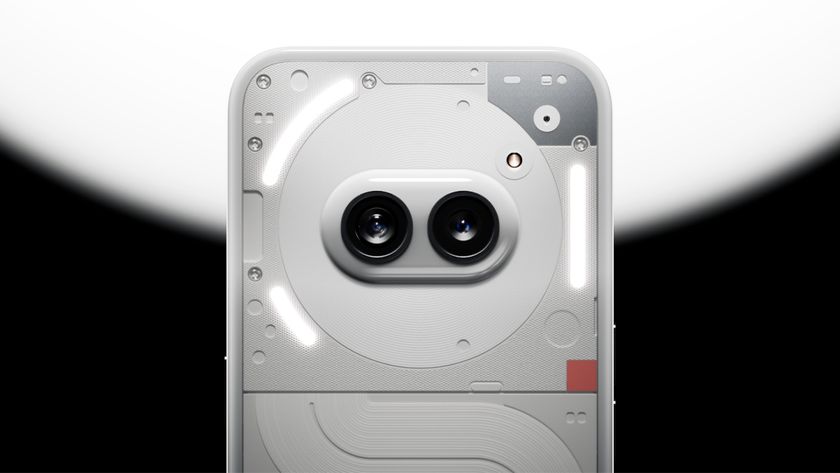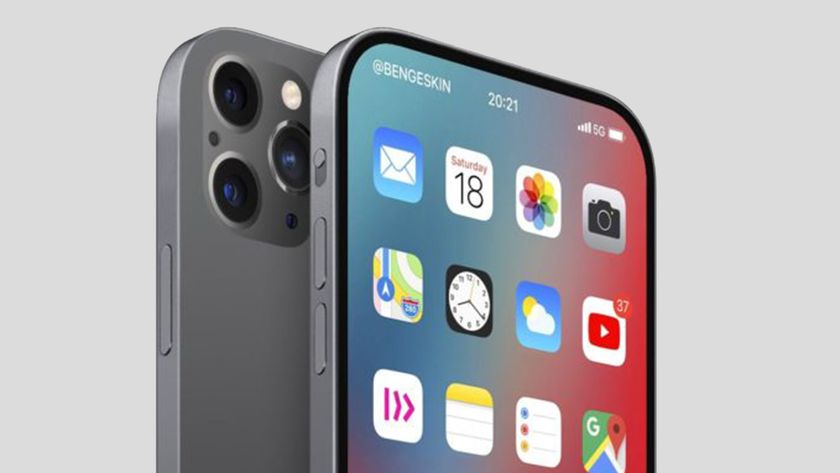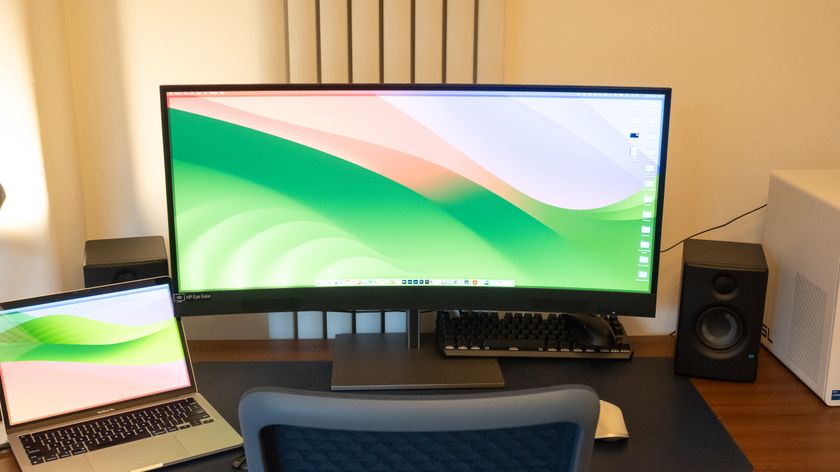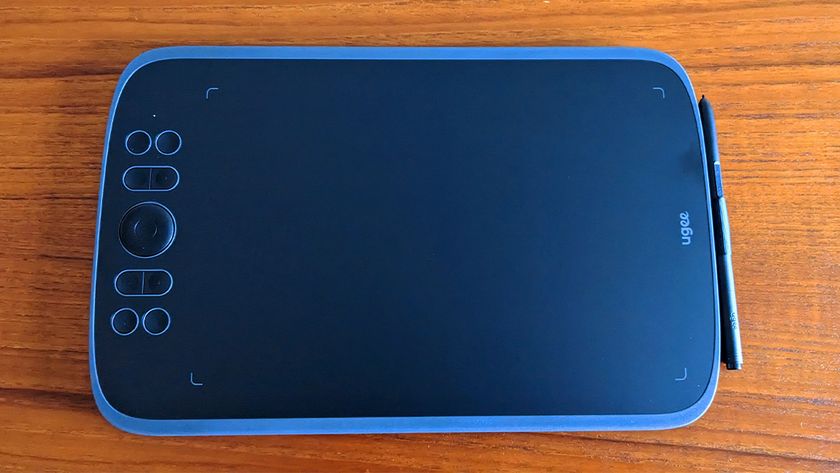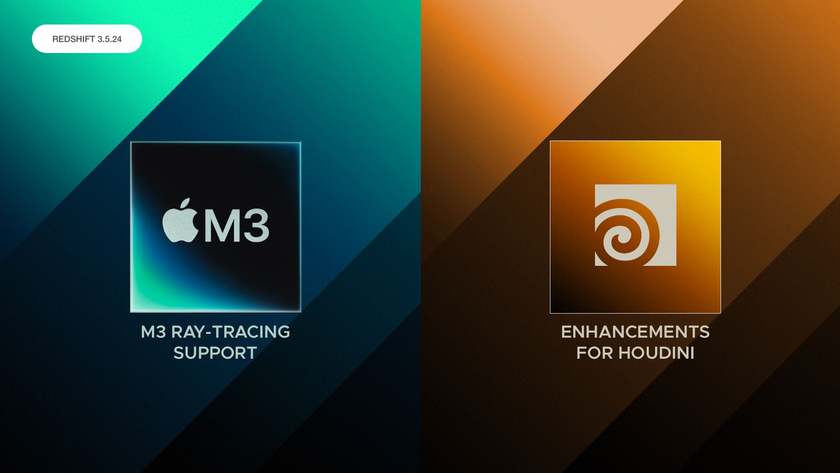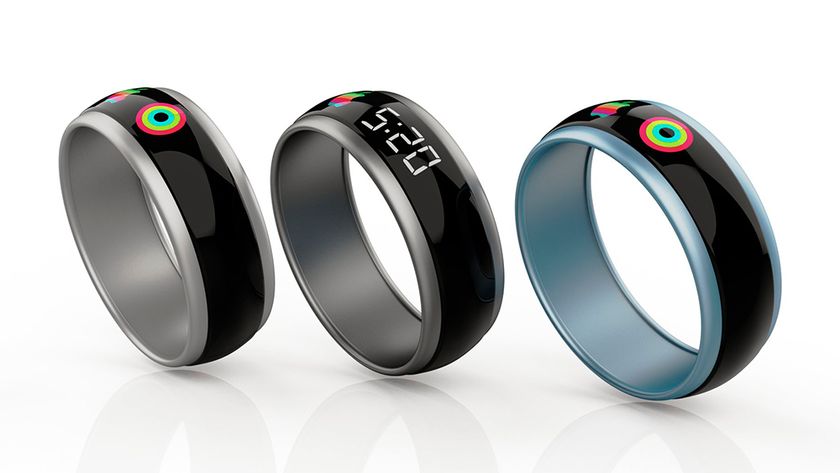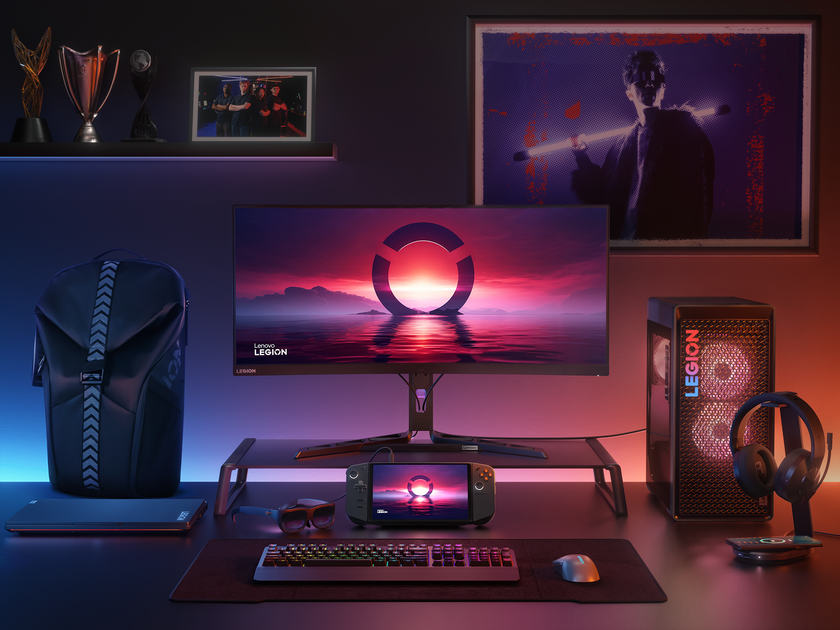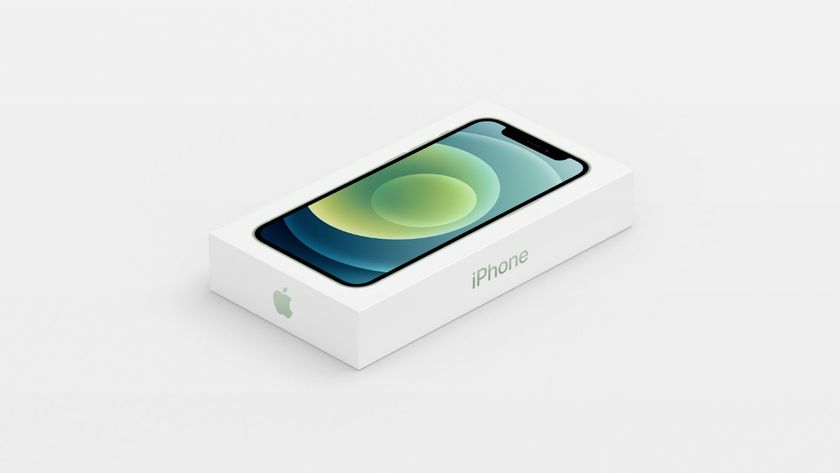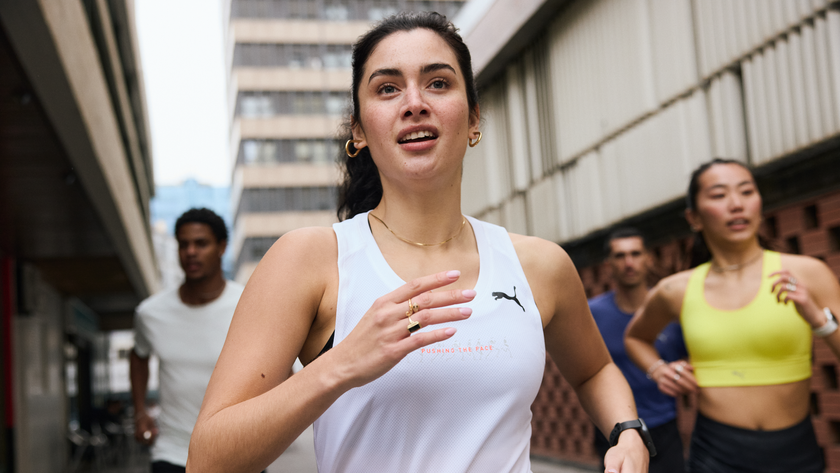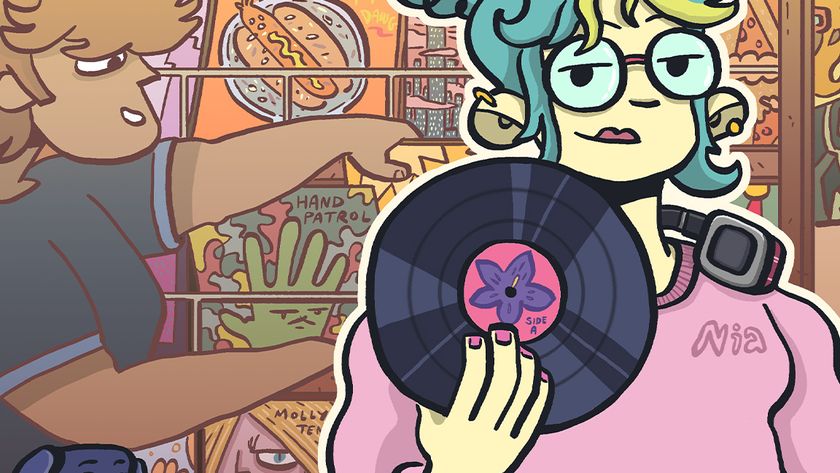Design is not just about aesthetics; at it's core, it's about problem solving. Which is good news, because the world has an awful lot of problems that need solving.
In this article, we celebrate six creatives who've set out to solve some of the biggest problems, from poverty and low expectations to environmental sustainability and beyond.
Of course, this list is by no means exhaustive. If you know of a creative whose world-changing work needs to be recognised, please let us know in the comments below!
01. John Bielenberg
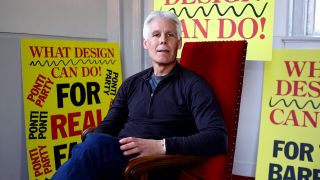
It's one thing to come up with a new philosophy of design, it's quite another to found an organisation that puts it into practice for the benefit of communities. John Bielenberg, a leading light in the "design for good" movement, has done both.
The German-born graphic designer, now living and working in San Francisco, believes the key to innovative design is "thinking wrong". This involves challenging your own orthodoxies, avoiding your own biases and essentially disrupting the linear pathways in your brain that inhibit creative exploration.
This philosophy is the underpinning to Project M, an immersive program designed to inspire and educate young designers, writers, photographers and filmmakers that their work can have significant positive impact on communities.
Project M has developed projects in Alabama, Baltimore, Connecticut, Costa Rica, Detroit, Germany, Ghana, Iceland, Maine, Minneapolis and New Orleans. Typical projects include "Common Hoops", which works with Chicago youth to build 'basketball art' from scrap and discarded materials; and "This Is Not Grass" – where a group of designers transformed drug-dealer-riddled vacant parking lots in East Baltimore into green spaces.
Get the Creative Bloq Newsletter
Daily design news, reviews, how-tos and more, as picked by the editors.
To learn more about Bielenberg's philosophy and work, check out this talk at Design Indaba.
02. Maya Penn
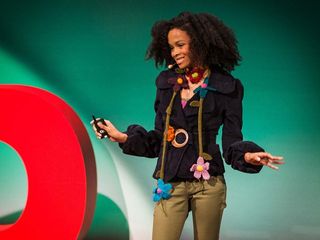
Maya Penn started her company, Maya's Ideas, selling eco friendly, handmade clothing and accessories at the age of eight. (Yes, really.)
Born and raised in Atlanta, the youngster enjoyed sewing headbands from discarded pieces of fabric she found around the house. Soon, friends started asking her to make them for them too. When she started selling them on Etsy, she realized she could build a brand of her own. By the time she turned 12, her annual turnover was exceeding $30,000.
Now 16, the animator, artist and CEO, who has given two TED talks, gives a percentage of her company's proceeds to global charities and has vowed to always use recycled materials.
She has also founded a nonprofit organization, Maya's Ideas 4 The Planet, with the aims of spreading environmental awareness and encouraging young girls to pursue careers in non-traditional fields.
03. Bas van Abel
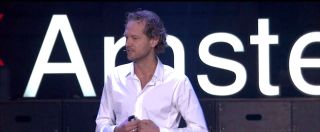
Open source design has long been a strong force within the digital community, accelerating the development of web software and internet tools to breakneck pace. And Dutch designer Bas van Abel is helping to export that revolution to the world of product design too.
He's the CEO of Fairphone, a company aiming to develop a cheap and simple, open-source, modular smartphone, which can be produced at minimal harm to people and the planet.
Rather than force you to throw away your phone and upgrade to a new one every year, Fairphones are designed to be easily repairable and even come with their own DIY repair manual. They're also easily recyclable, do not use minerals extracted from conflict zones, and are manufactured to ethical standards, with good conditions for factory workers.
The Fairphone 1 was launched in 2013, and although reviewers compared its performance unfavourably to the market leaders, the initial production run sold out quickly, and hopes are high for the Fairphone 2, which is currently in development.
You can learn more about van Abel's story in this talk.
04. Emily Pilloton
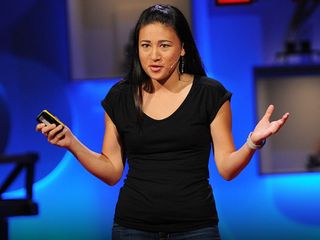
In 2008, aged 26 and with a thousand dollars and a laptop to her name, Emily Pilloton launched Project H Design, a radical non-profit that supports, inspires and delivers life-improving humanitarian design.
The not-for-profit coalition, which now has eight chapters around the world, has resulted in the creation of hundreds of products that have changed lives, including a high-tech waterless washing machine, low-cost prosthetics for landmine victims, Braille-based Lego-style blocks for blind children, and wheelchairs for rugged conditions.
Pilloton is particularly invested in using design as a creative voice for young girls, and has mentored over 200 of them, aged between nine and 17. She discusses how Project H used design to transform a struggling rural community in this talk.
05. Leah Heiss
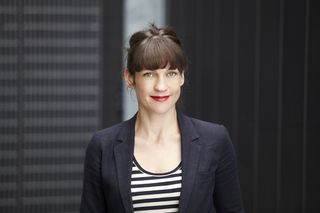
Melbourne-based designer Leah Heiss discovered that many people opt out of wearing or using medical devices, such as hearing aid technologies, because they are stigmatised as being unattractive. She's since devoted her career to argue for a radical rethink of how medical technologies are designed, shifting more emphasis towards emotional factors and aesthetic appeal.
And Heiss is not just a passionate advocate of this approach but has put it into practice in her own projects. These include her diabetes jewellery, an attractive pendant and ring which allow diabetics to self-administer insulin painlessly and subtly; and I Hear You, developed with Blamey Saunders Hears: an intuitive, programmable hearing aid that you can customise digitally via your a smartphone or desktop app.
06. Jakob Trollback
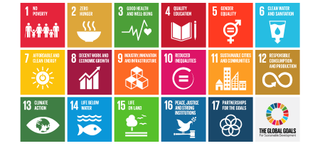
It's easy to draw up a to-do list. But the longer that list starts to get, the more intimidating it becomes – and the temptation is to bury your head in the sand. So spare a thought for the 150 world leaders at September's UN Sustainable Development Summit, who were handed a huge document outlining what's essentially a to-do list for the entire planet.
The hefty document was densely written in the language of geopolitics, so few people outside the conference were ever going to get their heads around it. Which is where Sweden-born graphic designer Jakob Trollback, CCO of New York branding firm Trollback + Company, came in.
Trollback was asked by filmmaker and Project Everyone founder Richard Curtis to brand the Global Goals visually, so that everyone on Earth (even the 757 million who are illiterate) could understand them.
His team began by creating a more compelling public name for the Sustainable Development Goals, branding them more simply as 'the Global Goals'. Each of the 17 goals was given a short, concise name that's easy to understand and remember, along with a unique colorful icon, plus and they also create an official logo for the whole initiative.
Bold typography and bright colours were used to express the determination and optimism at the core of this effort. The results are clean and powerful, and make it much easier for people to adapt, explain and disseminate the UN's goals, wherever they are in the world. You can check out the branding, and learn how it's being used, at globalgoals.org.

Thank you for reading 5 articles this month* Join now for unlimited access
Enjoy your first month for just £1 / $1 / €1
*Read 5 free articles per month without a subscription

Join now for unlimited access
Try first month for just £1 / $1 / €1
Tom May is an award-winning journalist and editor specialising in design, photography and technology. Author of the Amazon #1 bestseller Great TED Talks: Creativity, published by Pavilion Books, Tom was previously editor of Professional Photography magazine, associate editor at Creative Bloq, and deputy editor at net magazine. Today, he is a regular contributor to Creative Bloq and its sister sites Digital Camera World, T3.com and Tech Radar. He also writes for Creative Boom and works on content marketing projects.
